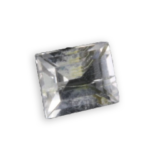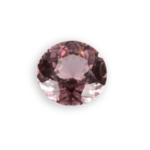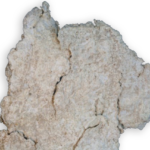
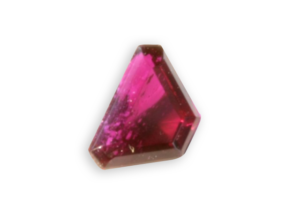
kammererite
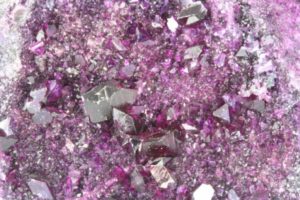
kammererite of Kopkrom in Turkey
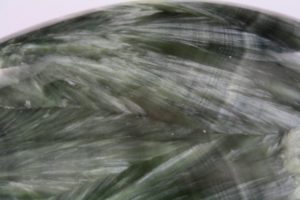
polished seraphinite from Russia
Detailed sheet
kammererite
It was identified in 1841 by the Finnish mineralogist Nordenskiöld.
Its name honors the Russian mining engineer Kammerer from St. Petersburg.
The kammérérite, of a beautiful fuchsia pink, is a chromian variety of clinochlore whose name comes the Greek “klino”, for its oblique axis tilted and “chloros” green. That’s why we use the term “kammérérite” to differentiate its color.
The clinochlore is the best known of chlorites, which are aluminosilicates of iron and magnesium. It is actually the magnesian pole of a series whose other pole is the ferrous chamosite.
The intermediate varieties are often grouped under the name ripidolite which means hand fan in Greek in relation to the positioning of its crystals.
The different chlorite varieties are difficult to differentiate and often we are content with the appellation chlorite.
The séraphinite is a variety of chlinochlore whose crystals resemble silvery-green feathers resembling those of the seraphim who were winged heavenly creatures in the Bible.

CHEMICAL CHARACTERISTICS
Mg5[(Al,Cr)2Si3O10](OH)8
chrome magnesium aluminium - silicate mineral

PHYSICAL CHARACTERISTICS
Main color
pink
Other colors
white, blue, grey, yellow, green, purple
it is the chromian variety of purple-violet clinochlore which itself is green-yellow
Color of streak
white
Luster
pearly, vitreous
Hardness
2.0 to 2.5
Density
2.50 to 2.70
Cleavage
perfect
Fracture
uneven
on the fracture are observed small plane parts, pearly cleavage.

OPTICAL PROPERTIES
Transparency
translucent, transparent
Refractive index
1.570 - 1.600
Double refraction
0.003
very weak, biaxial (+)
visible double refraction
No
Pleochroism
weak
Number of colors
2
colorless, colored
Fluorescence
variable
sometimes green or orange

CRYSTALS PROPERTIES
prismatic pseudo-hexagonal or in acicular tufts
crystals system
monoclinic

OTHER INFORMATIONS

APPROACHING GEMS
Exploited
sites
The beautiful fuchsia pink crystals come from Kop Daglari in Turkey (Kop Krom Mine) and the biggest ones from the Urals in Russia. It is also found in Val Locana in Piedmont in Italy. The séraphinite comes from the region of Lake Baikal in eastern Russia.
use in jewelry
It is cut faceted for its beautiful color, but its softness makes it fragile, it is a collection stone. The séraphinite is cabochon curt or polished in plates to highlight its silver-green feathery appearance.
Historical
healing properties
The séraphinite would be a spiritual rock that would benefit from soft celestial vibrating and revitalizing influences. It would allow to take a distance from the material life and promote the fact to see the events into perspective. It would be in connection with the heart chakra, would allow to enjoy all the positive influences and develop compassion and humanism. It is considered a stone of gentleness.
Venez visitez
notre site web
voillot-joaillier.fr
Lorem ipsum dolor sit amet, consectetur adipiscing elit. Ut elit tellus, luctus nec ullamcorper mattis, pulvinar dapibus leo.Lorem ipsum dolor sit amet, consectetur adipiscing elit. Ut elit tellus, luctus nec ullamcorper mattis, pulvinar dapibus leo consectetur adipiscing elit. Ut elit tellus, luctus nec.

